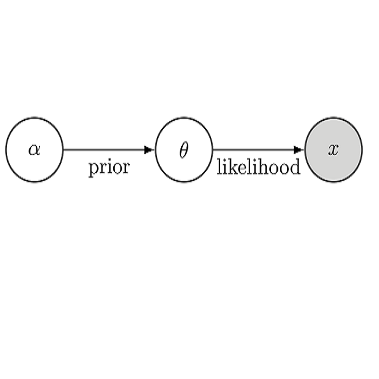In all areas of human knowledge, datasets are increasing in both size and complexity, creating the need for richer statistical models. This trend is also true for economic data, where high-dimensional and nonlinear/nonparametric inference is the norm in several fields of applied econometric work. The purpose of this paper is to introduce the reader to the world of Bayesian model determination, by surveying modern shrinkage and variable selection algorithms and methodologies. Bayesian inference is a natural probabilistic framework for quantifying uncertainty and learning about model parameters, and this feature is particularly important for inference in modern models of high dimensions and increased complexity. We begin with a linear regression setting in order to introduce various classes of priors that lead to shrinkage/sparse estimators of comparable value to popular penalized likelihood estimators (e.g.\ ridge, lasso). We explore various methods of exact and approximate inference, and discuss their pros and cons. Finally, we explore how priors developed for the simple regression setting can be extended in a straightforward way to various classes of interesting econometric models. In particular, the following case-studies are considered, that demonstrate application of Bayesian shrinkage and variable selection strategies to popular econometric contexts: i) vector autoregressive models; ii) factor models; iii) time-varying parameter regressions; iv) confounder selection in treatment effects models; and v) quantile regression models. A MATLAB package and an accompanying technical manual allow the reader to replicate many of the algorithms described in this review.
翻译:在人类知识的所有领域,数据集在规模和复杂性两方面都在增加,从而需要更丰富的统计模型。这一趋势对于经济数据来说也是如此,因为高尺寸和非线性/非线性/非参数性推论是应用计量经济学工作若干领域的规范。本文的目的是通过调查现代缩缩缩和变量选择算法和方法,向读者介绍巴伊西亚模型的确定情况。贝伊斯推论是量化不确定性和学习模型参数的自然概率框架,而这一特征对于在高尺寸和复杂性增加的现代模型中的推论尤其重要。我们首先从线性回归设置开始,以引入各种前期类别,从而导致缩小/偏差性估计值,从而向受惩罚的可能性估测算者(例如脊、拉索)介绍。我们探索了各种精确和近似推理方法,并讨论了它们的正反作用和共性。最后,我们探索了为简单回归模型而开发的前期,如何以直截然的方式扩展为不同层次的深度和复杂程度模型;亚特里亚运运运算法的精确度运算模型,具体地展示了各种时间模型。




